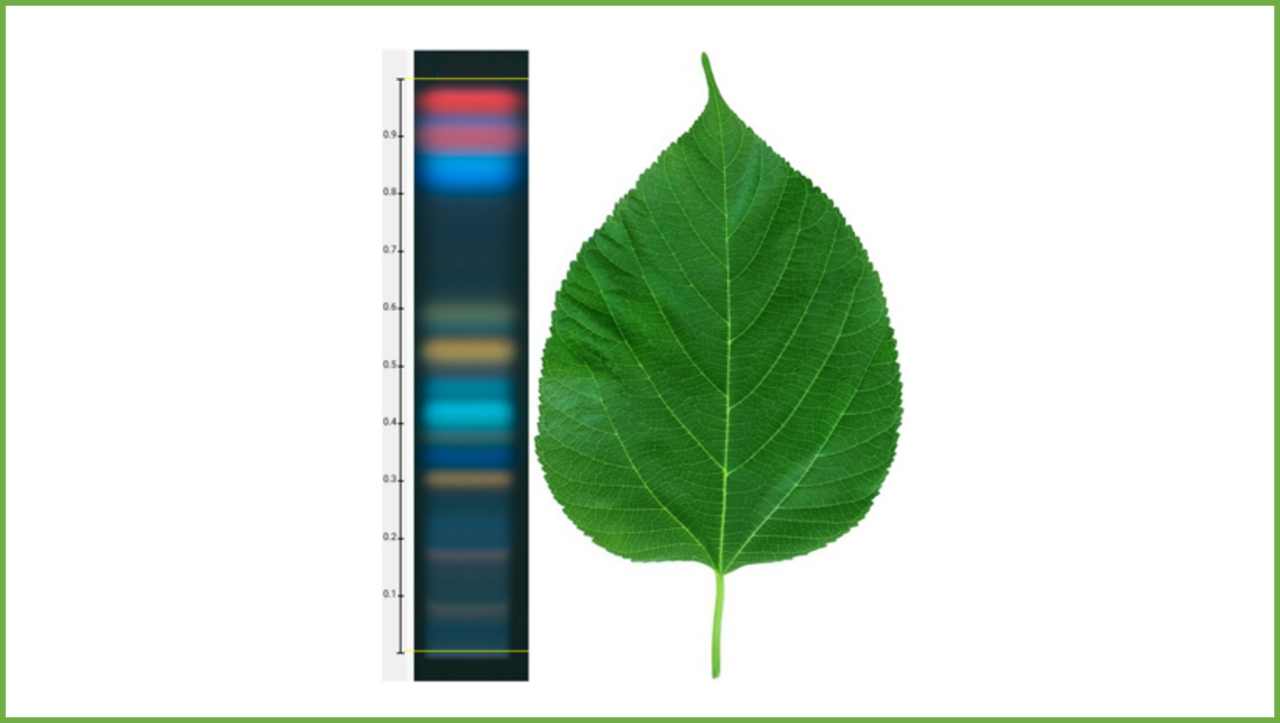
Are your botanical ingredients properly identified?
HPTLC for the identification of Mulberry leaf
Dried leaf of white Mulberry (Morus alba L.) a traditional Chinese medicine and botanical dietary supplements is currently in the news. Although this is very likely for the wrong reasons, it brings back those memories of the 2015 events …
So, are you sure that your botanicals are properly identified?
HPTLC can help! It is a very suitable tool for identification of botanical ingredients based on fingerprints of their secondary metabolites. HPTLC can identify dried whole or powdered botanical drugs as well as extracts and finished products made thereof. HPTLC can usually differentiate material that origins from other plant parts (e.g. leaf, vs. root, flower, or bark) of the same or botanically related species, and species that have similar constituents.
HPTLC also detect pharmaceuticals (e.g. slimming drugs [1], phosphodiesterase inhibitors [2], pain killers) that have illegally been added to botanical products.
The HPTLC Association just published a method for identification of dried white Mulberry leaves (Morus alba L.). This method can differentiate white Mulberry leaves from twigs and it discriminates the dried leaves of black Mulberry (Morus nigra L.), and the dried leaves of Black currant (Ribes nigrum L.).
Check out the HPTLC Association’s method collection for close to 300 methods for identification of botanicals.
[1] Tiên T.K. Do, et. al. Simultaneous Detection of Three Phosphodiesterase Type 5 Inhibitors and Eight of Their Analogs in Lifestyle Products and Screening for Adulterants by High-Performance Thin-Layer Chromatography, https://doi.org/10.5740/jaoacint.14-285
[2] Tiên T.K. Do, et. al., HPTLC Screening of Weight Loss Products for Deliberately Added Undeclared Synthetic Drugs; https://doi.org/10.5740/jaoacint.18-0263
Comments
Leave a comment